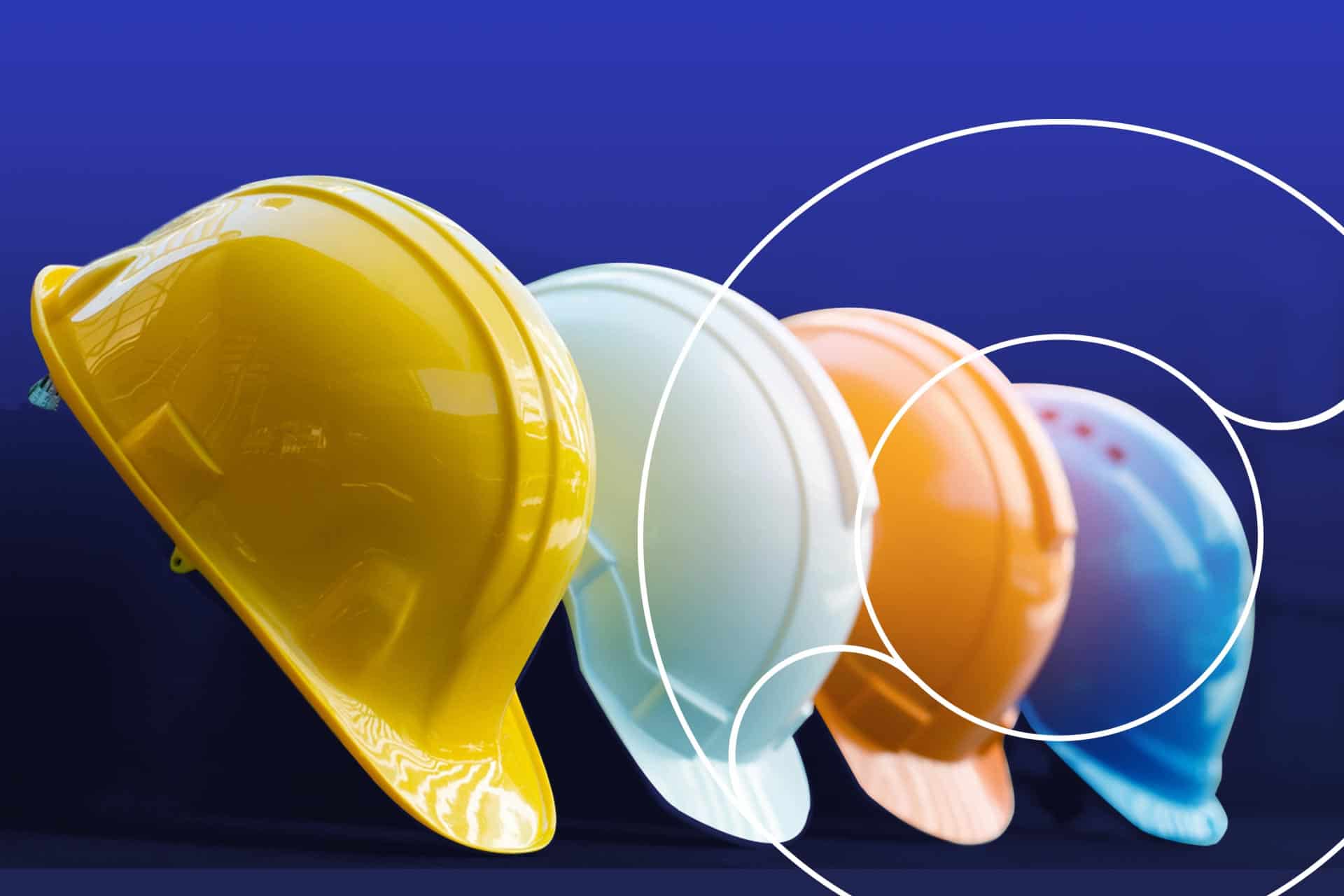
4 Ways to Make Your Plant Safer and More Productive
June 14, 2018 - Emily Newton
Revolutionized is reader-supported. When you buy through links on our site, we may earn an affiliate commission. Learn more here.
There has probably never been a better time to dig in and improve your manufacturing or engineering plant. With workers across the globe standing up for safer and more equitable workplaces — not to mention a greater sense of international competitiveness — the companies that learn to balance productivity with a concern for the human element are likely the ones that will enjoy the most success. If it’s been a while since you’ve taken a serious look at how well you balance plant safety with productivity, there are four big areas of focus you can get started with first.

1. Re-Evaluate Your Traffic Patterns, Work Surfaces and Workflows
Depending on how long you’ve been in business, there’s a good chance you haven’t reconsidered some of your everyday processes for effectiveness or safety in some time. There’s an equal chance some of these outdated practices, workflows and traffic patterns are undermining your workplace safety in ways you haven’t thought about.
When it comes to work surfaces, pay particular attention to areas of your floor that are more prone to tripping or slip-and-fall accidents than others. It’s possible you’ve rearranged your warehouse or plant so many times over the years that employees now regularly traffic parts of the floor that weren’t designed with pedestrians in mind initially. Polished concrete floors become slip-prone under certain conditions, for example — and the sooner you replace loose railings or floorboards, the safer everybody will be. Consider an investment in grooved or textured flooring for lasting peace of mind.
It’s also possible you’re overdue for a re-think on the traffic patterns in your warehouse or manufacturing facility. Chances are good you’ve got foot traffic mingling with heavy machines — or even heavy rolling carts — in certain areas. Maybe there’s a straightforward way to adjust designated pedestrian walkways so they won’t intersect with order pickers, forklifts or cart traffic, for example.
The cultural importance on continual, incremental, practical adjustments to everyday workflows is something you might hear people call “kaizen.” It’s a mindset you can encourage in everybody you work with, in the name of safety and productivity alike.

2. Make Equipment Maintenance a Central Part of Your Culture
As a leader or manager in a manufacturing or engineering plant, you certainly understand the importance of maintaining clean and well-running machines. But how well are you communicating that importance to each of your employees? The truth is, taking good care of workplace machinery should be of interest to all parties — it keeps collective plant safety top of mind and gives employees a greater sense of ownership over the process, not to mention helps them maintain predictable and productive workflows.
There’s a lot you can do to make equipment maintenance part of your culture. You can train employees to wipe down equipment before and after operation, reminding them dust and debris constitute a fire hazard under the right conditions. You can also spend some time rethinking where you store tools when they’re not in use, and then using training paradigms like “5S” to train your workforce on the value of establishing a “visual workplace” — including proper places for all the tools you use.
Keeping tools and assets out of harm’s way reduces the likelihood of damage and injury, all of which in turn means a happier and more productive workplace.
3. Familiarize Yourself With Common Signs of Worker Fatigue and Burnout
Productivity is important for labor and management alike, in manufacturing plants or anywhere else. We all tend to push ourselves to the point of exhaustion when we love the work we do, and we know deadlines and profits are on the line. Unfortunately, many types of workers are vulnerable to workplace exhaustion and fatigue — a boon to our collective love of contributing to society, but also a warning for those who share the workplace with some of these overworked Americans.
A National Safety Council survey indicated 43 percent of American workers don’t feel they get enough sleep to perform some “critical functions” at work. An accompanying report said a stunning 97 percent of American workers demonstrated at least one of a possible nine known risk factors for fatigue. These risk factors include early-morning or late-night work, long uninterrupted shifts and putting in 50 or more hours in a week.
Working hard is a virtue. Overworking can be a recipe for disaster. It’s not a secret. Safe and well-rested employees are also more productive ones. In the interest of improving plant safety, familiarize yourself with the warning signs of workplace fatigue and sleep deprivation. And if you can, even small changes or accommodations to make your employees’ schedules more manageable can help deliver peace of mind, more manageable sleep schedules and a more productive and conscientious labor force.
4. Communicate Openly and Take Feedback Seriously
In 2009, researchers from the National Employment Law Project discovered some 43 percent of wage-based employees in Chicago, Los Angeles and New York experienced some form of retaliation after they raised concerns over safety violations in the workplace. That type of retaliation is illegal, of course, which makes these numbers impossible to defend.
It’s true many companies failed to prioritize workplace safety and morale over the last few years as we dug ourselves out of the Great Recession. This period included an observed 56 percent increase in reported OSHA violations as some companies prioritized output over every other concern, including safety. 2013 saw scaffolding violations alone rise by the thousands over the previous year. The point is, workers who put their bodies on the line for their company, every day, deserve open communication channels and the understanding that any concerns or issues they raise will be taken seriously.
The alternative is safety problems you might be ignoring continue to get overlooked, if only because your workers don’t want to risk being fired for bringing them to your attention. But things don’t have to be that dramatic or sinister, either. Sometimes the safety issue concerns unrealistic goals, benchmarks or other kinds of demands on workplace potential. A growing body of research makes it clear workers who are subject to unnecessary pressures in the workplace, including unreasonable goals, are far less safe in their work habits than employees with more reasonable goals to strive for.
Plant Safety: Credibility and Buy-In Are Key
None of this is going to be useful if you haven’t already cultivated credibility and employee buy-in. No matter how deliberate you are about safety training, it’s the general atmosphere in your workplace that makes or breaks your employees’ commitment to plant safety and productivity. They need to know you’re genuine when you say you care about their safety and long-term prosperity, and that every form of communication — whether it’s evaluating productivity goals or bringing somebody’s attention to a safety problem — is a two-way street.
Revolutionized is reader-supported. When you buy through links on our site, we may earn an affiliate commission. Learn more here.
Author
Emily Newton
Emily Newton is a technology and industrial journalist and the Editor in Chief of Revolutionized. She manages the sites publishing schedule, SEO optimization and content strategy. Emily enjoys writing and researching articles about how technology is changing every industry. When she isn't working, Emily enjoys playing video games or curling up with a good book.






